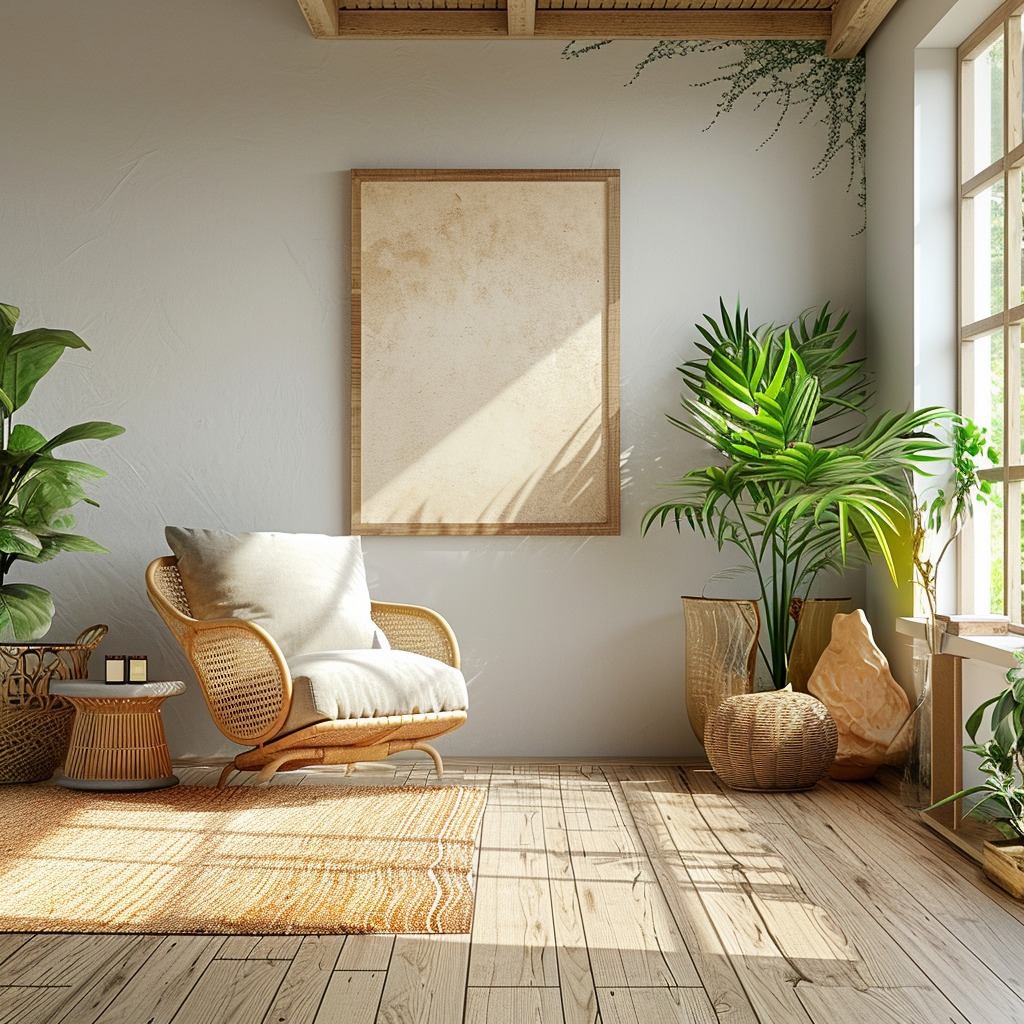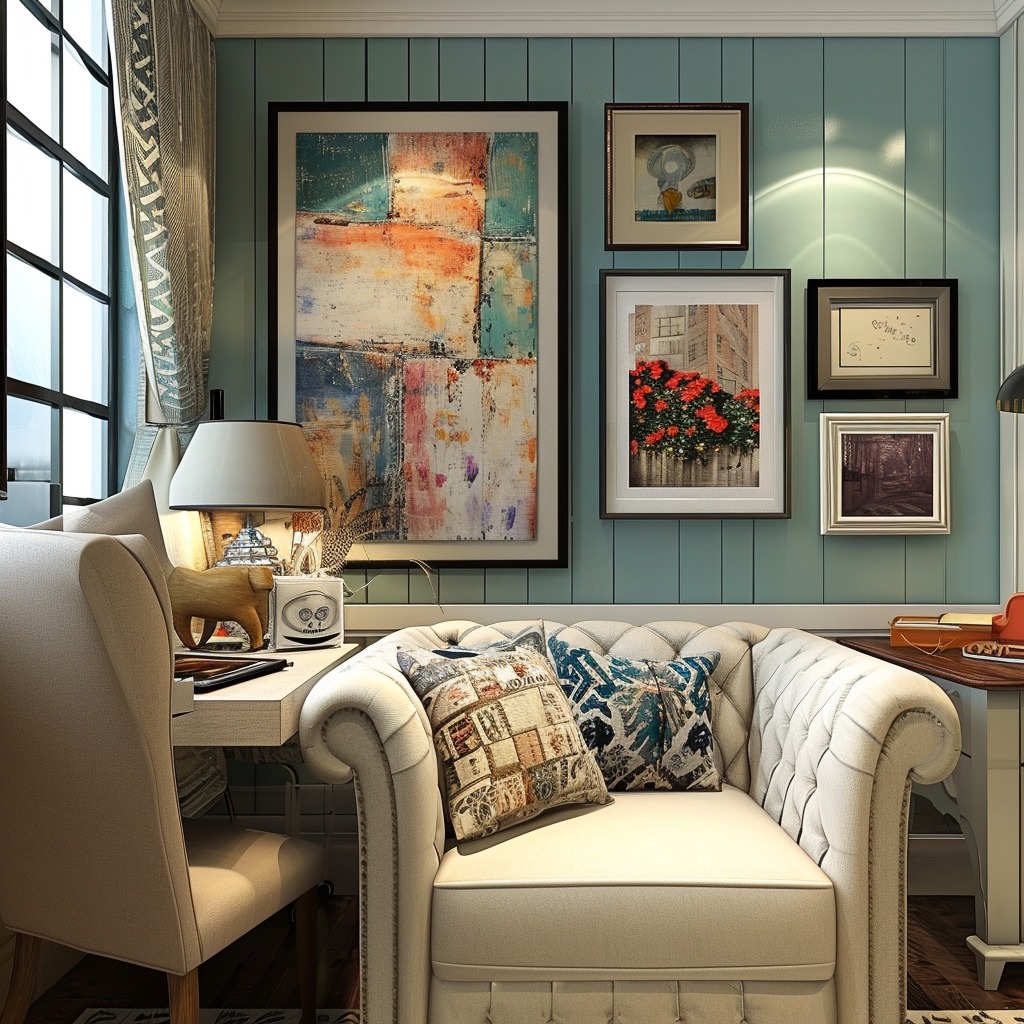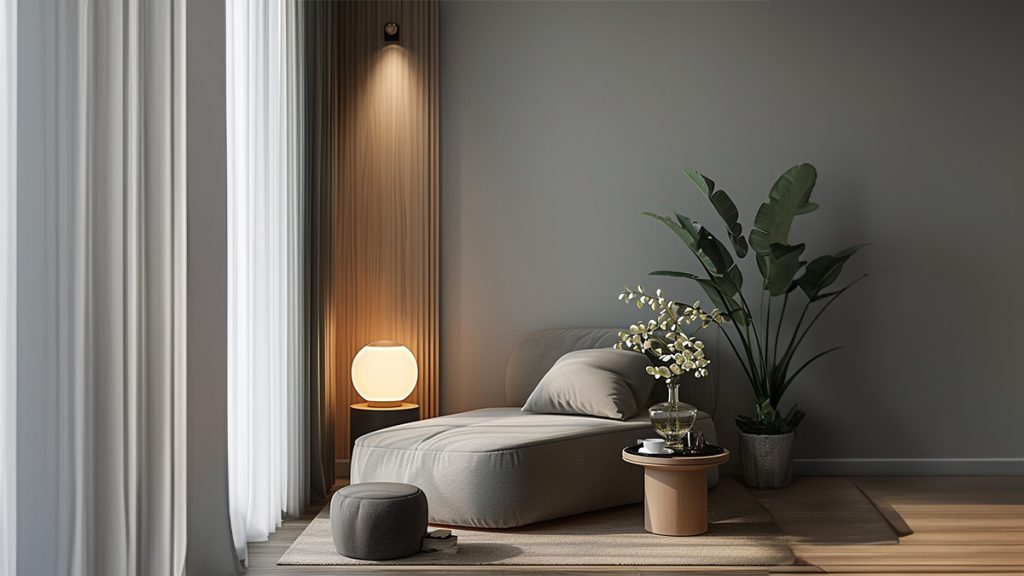The spaces we inhabit are more than just physical environments; they are psychological spaces where we experience life’s highs and lows. The interior design of a room can profoundly affect our mood, emotions, and overall mental health. This article delves into the intricate relationship between interior design and mental well-being, highlighting how the aesthetics of our environment can influence our daily lives.

1. Color Psychology: The Mood-Altering Power of Hues
Color is a powerful communication tool and can be used to signal action, influence mood, and even impact physiological reactions.
- Warm Colors: Shades like red, orange, and yellow can evoke feelings of warmth and comfort but also anger and hostility if overused.
- Cool Colors: Blues, greens, and purples are often seen as calming and soothing but can also evoke feelings of sadness or indifference when applied excessively.
2. Lighting: The Brightness of Well-Being
Lighting plays a crucial role in how we perceive and experience spaces.
- Natural Light: Exposure to natural light boosts Vitamin D, improves sleep, and can help fight off seasonal depression.
- Artificial Lighting: The right artificial lighting can enhance mood, increase productivity, and even improve the quality of sleep.
3. Space and Layout: The Dynamics of Movement
The physical layout of a space can significantly impact our mental state.
- Open Spaces: Open layouts can foster a sense of freedom and reduce anxiety but may lack coziness or intimacy.
- Cluttered Spaces: Clutter can lead to increased stress and anxiety, making it essential to balance openness with the right amount of furnishings and decor.
4. Nature and Biophilic Design: Bringing the Outdoors In
Incorporating elements of nature into interior design can have a calming effect.
- Plants and Greenery: Indoor plants can reduce stress levels, improve air quality, and boost mood.
- Natural Elements: Using materials like wood and stone can create a sense of connection to the outdoors, promoting relaxation and peace.

5. Personalization: Expressing Identity and Fostering Comfort
Personalizing a space can significantly impact mental well-being by making an environment more comforting and relatable.
- Memorabilia and Art: Personal items and art can transform a space into a reflection of one’s identity, providing comfort and reducing stress.
- DIY Projects: Engaging in DIY home projects can be therapeutic, offering a sense of accomplishment and personal expression.
Conclusion: Designing for Mental Wellness
Understanding the impact of interior design on mental health is crucial in creating spaces that not only look aesthetically pleasing but also promote psychological well-being. By considering factors like color, lighting, space layout, natural elements, and personalization, we can create environments that positively influence our mood and mental health.








